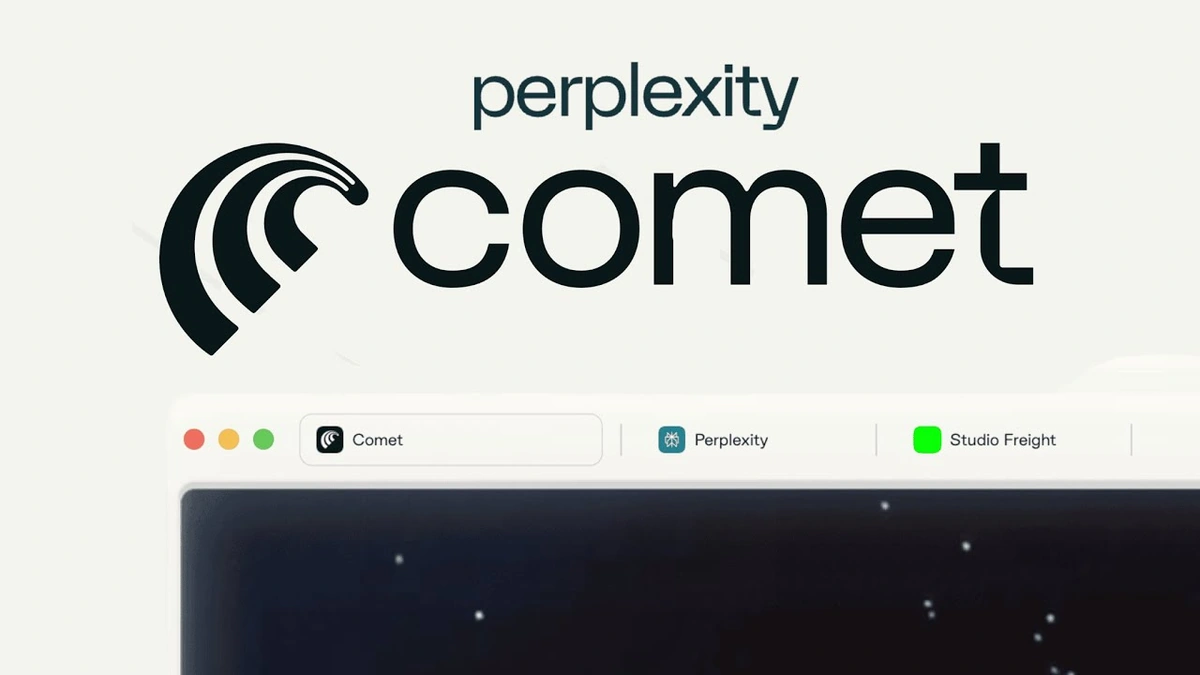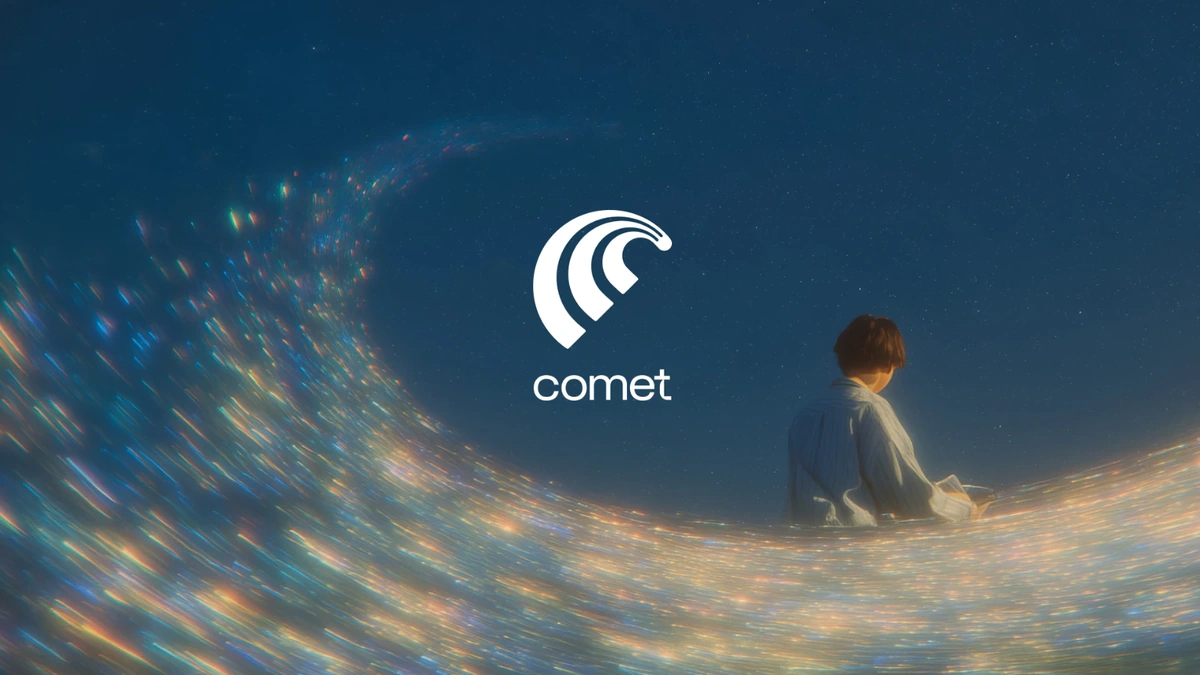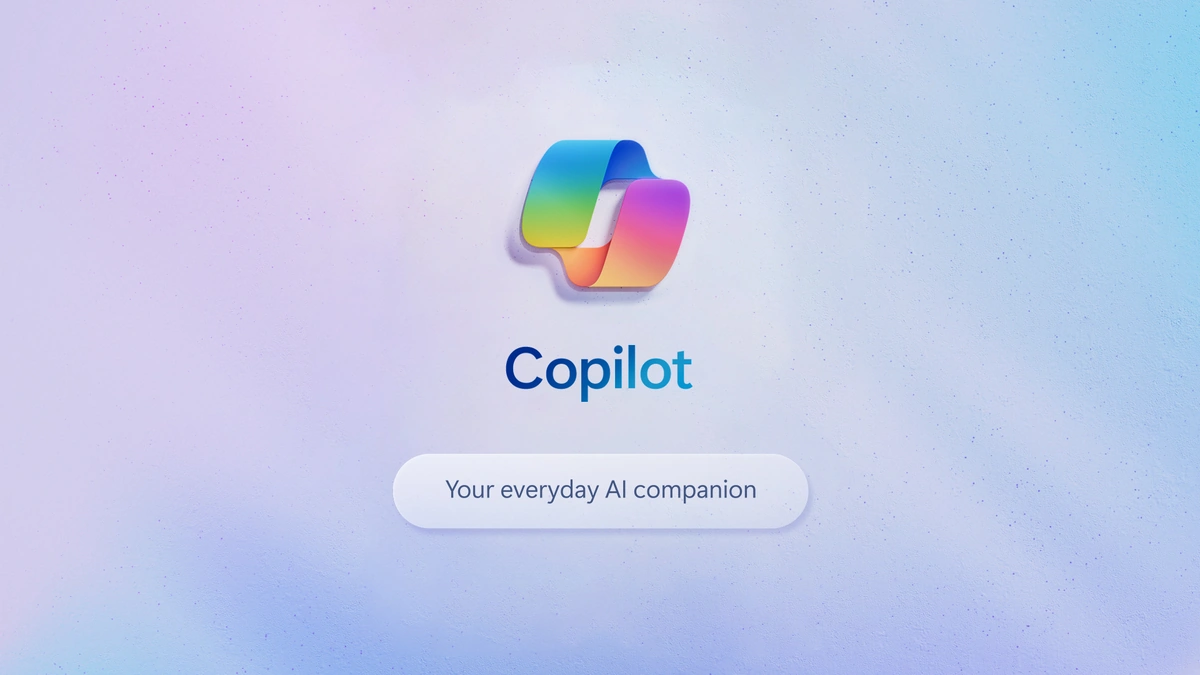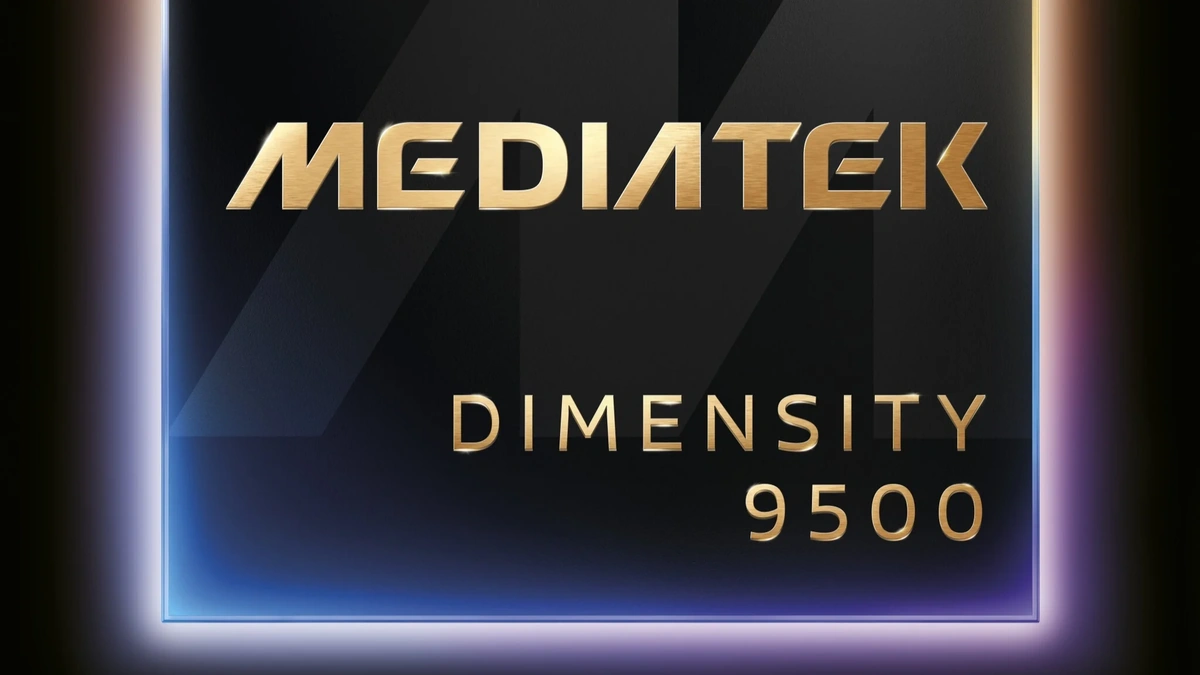Aravind Srinivas Cautions Against Using Perplexity Comet AI to Complete Coursera Courses
Alright, let’s get straight to it. The buzz around Perplexity Comet AI is undeniable. It promises to be a game-changer, especially for students knee-deep in online courses. But Aravind Srinivas, the CEO of Perplexity AI, has thrown a bit of a curveball: he’s cautioning against using Comet AI to simply breeze through Coursera courses. And honestly? He’s got a point.
Here’s the thing – it’s tempting to think of AI as a magic bullet. Plug in a question, get the answer, ace the quiz, repeat. But that’s missing the point of learning, right? This isn’t about just earning a certificate; it’s about actually understanding the material. And that’s where the real value lies, especially in today’s job market.
The Real Danger | Short-Circuiting the Learning Process

So, why the caution from Srinivas himself? Well, it boils down to this: using Perplexity Comet AI as a shortcut can seriously hinder your ability to truly learn. Think of it like this: you could use a calculator to solve every math problem, but would you actually understand the underlying concepts? Probably not. The same applies here.
What fascinates me is the nuance. Srinivas isn’t saying AI is evil and should be avoided at all costs. Instead, he’s advocating for a more mindful approach. Use it as a tool to enhance your understanding, not to replace it. A common mistake I see people make is to treat AI as an oracle, blindly accepting its outputs without critical evaluation. Check this. Don’t fall into that trap.
Consider the Coursera platform. Its courses are designed to build knowledge step-by-step, with each module building on the previous one. Skimming through the material with AI might get you a passing grade, but you’ll likely struggle when faced with real-world applications. And let’s be honest, that’s what employers are looking for: people who can apply their knowledge, not just regurgitate information.
How to Ethically (and Effectively) Use AI in Your Studies
Okay, so we’ve established that blindly using AI to cheat your way through courses is a bad idea. But how can you leverage these tools to your advantage? Here’s how, and I’m speaking from experience – I’ve seen students genuinely benefit from integrating AI thoughtfully.
First, use Perplexity AI for research . It’s fantastic for quickly gathering information and identifying key concepts. But don’t stop there. Verify the information from multiple sources and make sure you understand the context. According to various educational research papers, active recall and spaced repetition are far more effective learning techniques than passive consumption of information. AI can help you identify what to recall and when to repeat it.
Second, use it to clarify concepts you’re struggling with. Stuck on a particular theorem or equation? Ask Perplexity to explain it in simpler terms. But again, don’t just accept the explanation at face value. Work through examples and try to apply the concept to different scenarios. As per the guidelines mentioned in several academic integrity policies, using AI for clarification is generally acceptable, but submitting AI-generated work as your own is not.
Third, use it to generate practice questions. Testing yourself is a crucial part of the learning process. Use AI to create quizzes and challenges to reinforce your understanding. And remember, the goal isn’t just to get the right answer; it’s to understand why the answer is correct. But remember to cross-reference these questions.
The Bigger Picture | AI and the Future of Education
This whole situation brings up a bigger question: what’s the role of AI in education? Let me rephrase that for clarity: how do we ensure that AI enhances learning rather than replaces it? It’s a challenge educators and institutions are grappling with right now.
One thing is clear: the traditional model of rote memorization and regurgitation is becoming increasingly obsolete. AI can do that much faster and more efficiently than any human. Instead, education needs to focus on developing critical thinking, problem-solving, and creativity – skills that AI can’t replicate (at least, not yet!). These skills for critical analysis will be key to surviving the changing job market.
Universities and online learning platforms need to adapt their curricula and assessment methods to reflect this new reality. More emphasis should be placed on projects, case studies, and real-world applications, rather than simply memorizing facts and figures. What fascinates me is the potential for personalized learning. AI could be used to tailor educational content to individual student needs and learning styles. Imagine a world where everyone has access to a customized learning experience that maximizes their potential! That’s a future worth striving for.
Speaking of the future, one cannot ignore the evolving landscape of AI ethics . The conversation around proper AI usage in academia is one that is constantly being updated. Students need to ensure the resources and tools they’re using fall within the university’s code of conduct.
And it’s not just about formal education. Lifelong learning is becoming increasingly important in today’s rapidly changing world. AI can be a valuable tool for staying up-to-date with the latest developments in your field and acquiring new skills. Just remember to approach it with a critical and discerning eye. Find more info here.
The Ethical Considerations of AI in Learning
Let’s be honest. The ethical considerations surrounding AI in education are complex and multifaceted. One of the biggest concerns is academic integrity. How do we prevent students from using AI to cheat or plagiarize? What constitutes acceptable use of AI in academic work?
These are tough questions, and there are no easy answers. But it’s crucial to have an open and honest conversation about them. Educational institutions need to develop clear guidelines and policies on the use of AI in academic settings. And students need to be educated about the ethical implications of using these tools.
Another important consideration is the potential for bias in AI algorithms. AI models are trained on data, and if that data is biased, the model will reflect those biases. This could lead to unfair or discriminatory outcomes in education, such as biased grading or biased recommendations for learning resources. According to the latest circular on the official NTA website ( csirnet.nta.ac.in ), there are strict guidelines for academic honesty.
So, what’s the solution? Well, it starts with awareness. We need to be aware of the potential for bias in AI algorithms and take steps to mitigate it. This could involve using diverse and representative datasets, developing bias detection and mitigation techniques, and regularly auditing AI models for fairness. It’s about building trust, and trust in AI starts with transparency.
The Human Element | Why It Still Matters
In all this talk about AI, it’s easy to forget the human element. But here’s the thing: AI can’t replace human interaction, mentorship, and collaboration. Learning is a social process, and it thrives on human connection.
Think about the teachers who have had the biggest impact on your life. It wasn’t just their knowledge that made them great; it was their ability to inspire, motivate, and connect with you on a personal level. AI can be a valuable tool, but it can’t replicate the human touch. And let’s be frank, that’s what really matters in the end.
So, as you navigate the world of AI and education, remember to stay grounded in the human element. Prioritize meaningful interactions, seek out mentorship, and collaborate with your peers. And don’t forget to have fun! Learning should be an enjoyable and enriching experience, not just a means to an end.
FAQ Section
What exactly is Perplexity Comet AI?
It’s an AI-powered search engine designed to provide concise, sourced answers to questions. Think of it as a super-smart research assistant.
Can I get in trouble for using AI on Coursera?
It depends on how you use it. Using it to understand concepts is generally okay, but submitting AI-generated work as your own is a big no-no and can have serious consequences.
What if I’m not sure if my use of AI is ethical?
When in doubt, ask! Talk to your professor, teaching assistant, or academic advisor. They can provide guidance and help you navigate the ethical gray areas. And be sure to cross-reference those sources as well.
Is there a way to learn about AI ethics in a more formal setting?
Yes, in fact many universities are now offering courses and workshops on AI ethics.
Ultimately, Srinivas’s caution is a reminder that technology should serve us, not the other way around. Use AI tools wisely, ethically, and with a focus on genuine learning, and you’ll be well-equipped to thrive in the future.













